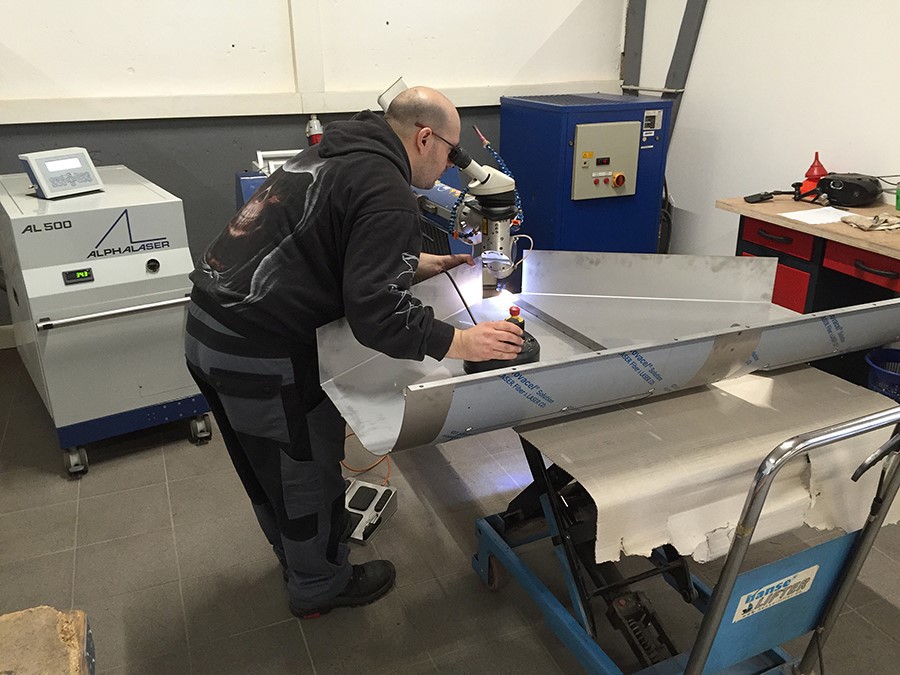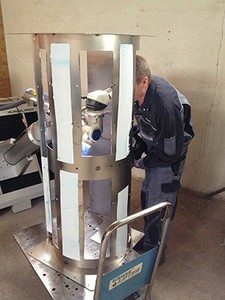

|
Edward Lowton
Editor |


|
| Home> | Production Engineering | >Welding | >Bright future for lasers |
Bright future for lasers
10 February 2017
Welding thin sheet metal using traditional processes can often be challenging. Good penetration is essential to fuse the individual components together, however it can be all too easy to burn right through the material because it heats up very quickly as you weld. Another drawback is that in many cases the components may need to be tacked together to stop them moving during welding.

Lasers however, offer the optimum welding solution for sheet metal welding due to their high welding speed, narrow welding seams and low thermal distortion. These attributes have let to a rise in the uptake of the Alpha Laser range offered by Bromsgrove based TLM Laser.
With laser welding, the rapid fusing of the material in the laser pulse process combined with very low heat input make this an ideal process for almost distortion-free joining of thin sheet metal. The precise control of the energy input to suit the material, and the ability to shape the pulses also prevent the formation of cracks. Even components produced from differing material types and / or thicknesses can be welded easily. Other distinct advantages include the high density of the finished weld seams and the fact that the laser welding process almost completely eliminates the time consuming and costly finishing processes associated with traditional welding techniques. Laser welded seams also meet all of the requirements for food industry or clean room applications.
The advantages of laser welding, which include high quality seams, dimensional stability, low thermal effect on materials and high levels of repeatability, mean that the process is suited to both the production development and volume manufacturing phases of a project. In addition, the power, precision and flexibility of lasers have initiated many new concepts in component design.
- Vision-based laser marking
- Laser cladding enhances life of high wear components
- Laser technology
- Multi-function system
- Making light work of cutting composites
- Easy to use handheld laser welding
- Laser welding solution for medical components
- Tough protection without added metal
- Laser technology
- TLM introduces FOBA's ultrashort pulsed lasers


















